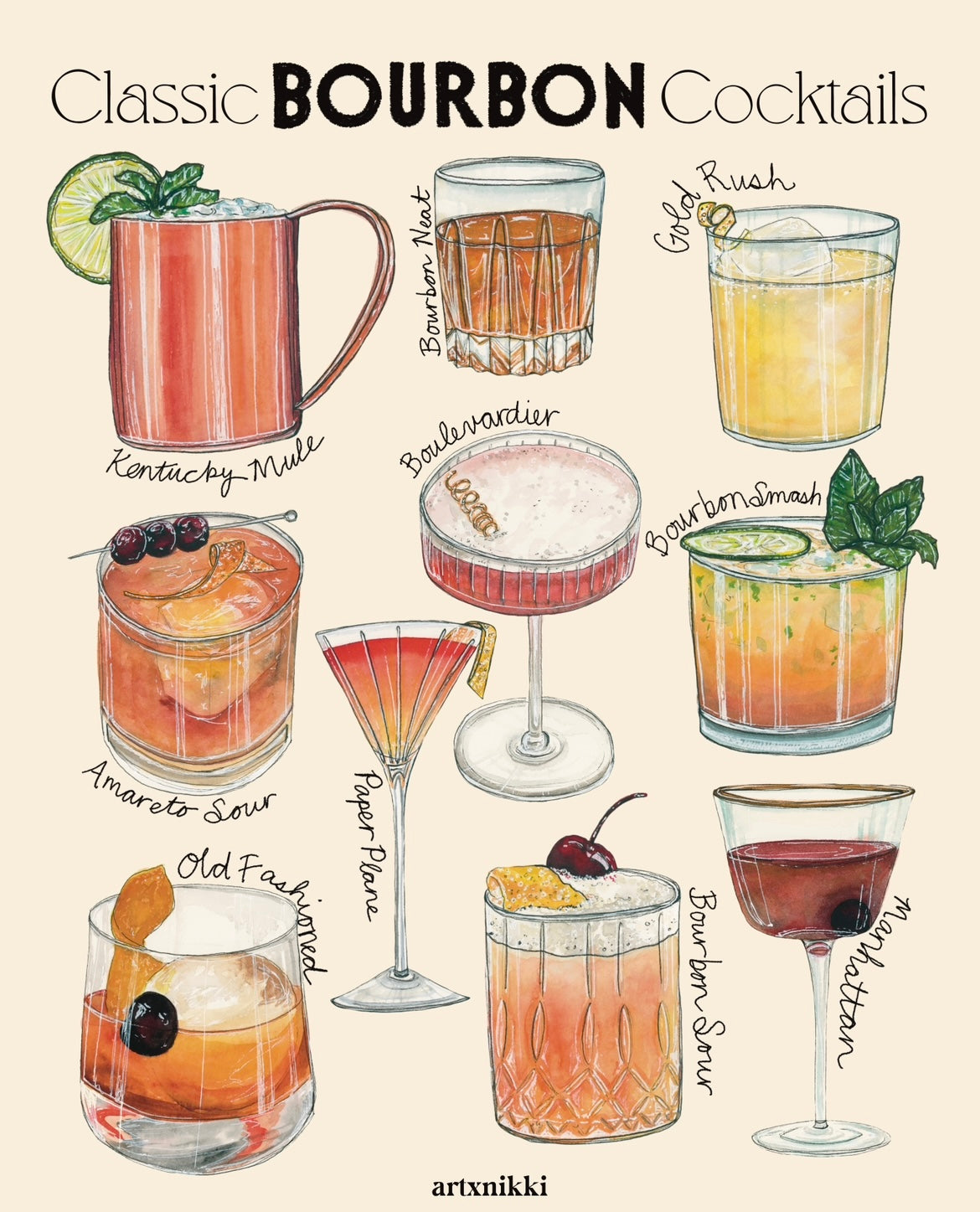Recording the Essence of Bourbon Art Through Special Aesthetic Depictions and Styles
The art of bourbon extends past the fluid itself, manifesting through a range of visual depictions that envelop its storied heritage and workmanship. What remains to be uncovered is how these advancing designs reflect not only the bourbon itself however also the changing landscape of artistic analysis. Realism Art.
The Background of Whiskey Art

As scotch manufacturing spread, so as well did the need to boost its experience via art. From the intricate engravings on early barrels to the fancy labels of contemporary containers, each element shows a distinct artistic vision, functioning as a visual narrative of the whiskey's heritage.
In the 19th and 18th centuries, the surge of the commercial revolution additionally boosted bourbon art, leading to ingenious packaging and advertising that caught customer interest. Developers and artists started try out visual appeals, imbuing whiskey-related imagery with symbolic significances that communicated concepts of practice, area, and workmanship.
Today, scotch art remains to progress, blending traditional techniques with contemporary art forms. Bourbon Art. This ongoing discussion in between the spirit and its aesthetic depiction emphasizes the long-lasting bond between whiskey and culture, enriching the overall experience for lovers worldwide
Iconic Container Layouts
While many elements add to the attraction of scotch, legendary bottle layouts play a crucial duty in forming consumer assumption and enhancing the general experience. The visual presentation of scotch containers is not merely a visual factor to consider; it acts as a bridge in between the product and the customer, stimulating feelings and establishing expectations.
Unique forms, products, and closures can raise a bourbon brand's identity, making it instantly identifiable on crowded shelves. The classic Glenfiddich bottle, with its sophisticated conical silhouette, communicates a sense of custom and workmanship, while the strong, modern-day style of the Balvenie container reflects technology and elegance. The usage of colored glass or one-of-a-kind textures can suggest the top quality and personality of the scotch within.
Iconic layouts frequently include components of social heritage, representing the brand name's background and connection to its roots. Brands like Jack Daniel's make use of an uncomplicated, durable layout that resonates with its American scotch heritage. Eventually, the effect of bottle style extends past plain capability; it envelops the essence of the brand, welcoming customers to indulge and explore in the abundant tapestry of whiskey society.
Label Art Work and Branding
Bottle styles often set the stage wherefore consumers can anticipate, yet label artwork and branding play an equally substantial role in connecting a scotch's identity. The label functions as the first factor of get in touch with between the product and the customer, encapsulating the essence of the bourbon within its aesthetic elements.
Efficient label art work integrates color, typography, and imagery to create a story that resonates with the brand name's heritage and target market. As an example, a label featuring elaborate pictures and classic fonts may evoke a sense of custom and workmanship, interesting lovers. In comparison, strong shades and modern design elements may bring in a more youthful group seeking technology and exhilaration.


Digital Photography and Visual Narration
Recording the significance of bourbon with digital photography and visual storytelling is an art form that elevates the brand name experience. This medium transcends simple product depiction, diving into the detailed stories that border each container. By using engaging imagery, photographers can stimulate feelings that resonate with consumers, inevitably building a deeper connection to the whiskey brand.
Visual storytelling in whiskey photography frequently utilizes abundant structures, lights, and structure to highlight the distinct qualities of the spirit. The interaction of light and darkness can emphasize the brownish-yellow shades of bourbon, while the option of background components-- such as rustic barrels or elegant glassware-- can reinforce the brand name's heritage or way of life associations.
Additionally, capturing the ceremonial elements of bourbon intake, from the putting to the tasting, welcomes customers into a sensory experience, enabling them to think of the tastes and scents that wait for. Each picture not only showcases the item yet also informs a tale of workmanship, custom, and the minutes that scotch can boost - Realism Art. Therefore, digital photography becomes a powerful device in articulating the identification of bourbon brand names, positioning them within the wider social landscape
Arising Trends in Scotch Art
The advancement of scotch art is significantly formed by contemporary fads that show wider societal shifts and consumer preferences. This shift not only highlights the value of sustainability yet additionally enhances the narrative surrounding scotch manufacturing.
Additionally, electronic art has surged in popularity, enabling ingenious depictions of whiskey. Artists are leveraging technology to craft immersive experiences, such as increased fact installations that engage visitors and supply a deeper understanding of scotch's cultural importance. This pattern likewise reaches social media sites systems, where visually striking material garners interest and fosters community amongst fanatics.
Moreover, partnerships between whiskey brand names and musicians are ending up being much more prevalent. These partnerships produce limited-edition packaging layouts and exclusive artworks that celebrate both the workmanship of whiskey and the creative thinking of musicians. As scotch art remains to advance, these arising patterns will certainly form its future, cultivating a dynamic junction of culture, sustainability, and modern technology within the bourbon neighborhood.
Conclusion
To conclude, the art of scotch includes a diverse selection of visual depictions that show its rich heritage and craftsmanship. From legendary bottle layouts and complex label art work to compelling digital photography, each aspect adds to a wider story that improves the customer's experience. As arising patterns, such as digital art and sustainability, proceed to shape this artistic landscape, the multifaceted identification of whiskey continues to be an enduring resource of cultural link and exploration.

In conclusion, the art of scotch includes a diverse selection of visual representations that reflect its abundant heritage and craftsmanship.
Comments on “Realism Art in the Whiskey Sector: Showing Moments of Purification”